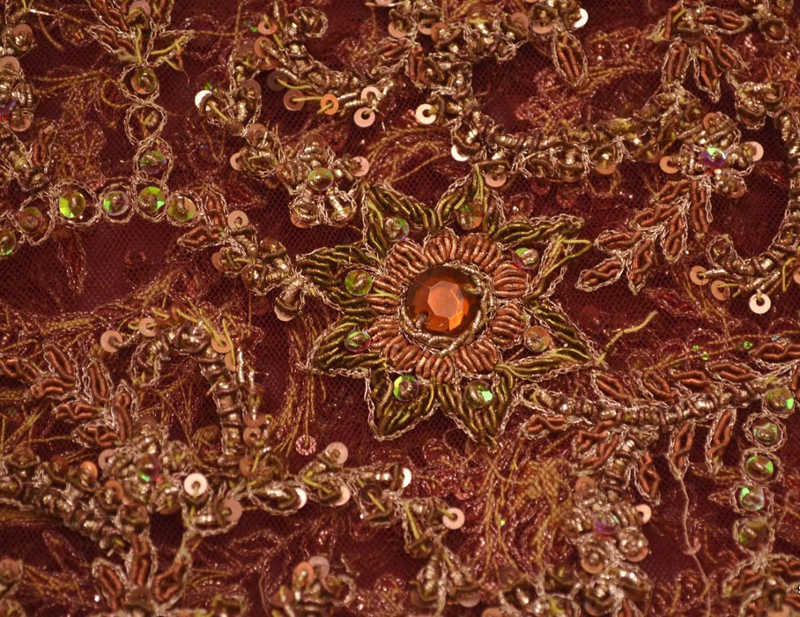===
0129,
2
===

=== |
 |
chhu;Tnaa : [of which chhuu;Tnaa is a variant] 'To be set free, be liberated, be discharged, be acquitted; to be redeemed (a pledge); to be let go; to get loose; ... to be got rid of, to be separated (from); to be left, be abandoned; to be left out, be omitted; ...; to cease, stop; to issue, to come out or forth (as blood, life, &c.), to spout, to shoot forth; to come out or off (as colour from cloth, &c.)'. (Platts p.460)
FWP:
SETS
MOTIFS
NAMES
TERMS == IHAM; IMPLICATIONOrdinary ladies color the soles of their feet with henna (on henna, see {52,2}); over time, often to their regret, the elaborate red designs fade away as they are 'trampled under foot'. The beloved's situation is just the reverse: the redness on her feet refuses to depart, no matter how much she tries to wash it off. Why does it not depart?
One reason of course is that it's a literal sign of metaphorical blood-guilt. As SRF notes, usually the murderer finds that he's taken the blood-guilt 'on his neck' or 'on his head'. Here, the blood is only 'on her feet'. Does this mean that the crime was a lesser one, its victim of lower value? Or does it mean that the lover's blood, in its humility, didn't presume to ascend higher than her feet?
Another reason might be the lover's passionate devotion to the beloved, and his longing, even in death, to kiss her feet. On this theme, compare Ghalib's even more hyperbolic verse about henna and foot-kissing:
G{39,2}
It might be argued that nothing in Mir's verse itself introduces the theme of henna and foot-kissing; the wording of the verse confines itself entirely to questions of murder and guilt, as SRF has rightly pointed out. And yet-- how could Mir not have intended for us to have in the back of our minds, through the power of implication, the vision of a (henna-)reddened foot, and the multifarious possibilities thus offered for wordplay and meaning-play? I would also adduce the sense of chhuu;Tnaa (see the definition above) as 'to come out or off (as colour from cloth, &c.)', which works perfectly with the kind of fading that would make us think of henna. It's a kind of inversion of henna-- ordinary henna fades even though she would wish it to stay, while this blood-henna stays even though she would wish it to fade.
There's also a kind of small brief iham at the beginning of the first line. When we hear or read kiyaa hai ;xuu;N miraa , it's impossible not to read that quite straightforwardly as 'she has murdered me'. Thus it comes as a shock to encounter paa-maal ; we suddenly have to radically reframe the grammar in our minds. Does this really count as an 'iham'? I'm not sure; no doubt it partly depends on the definition we choose for iham. But since the term is so important, I want to gather up every scrap of evidence that I find.